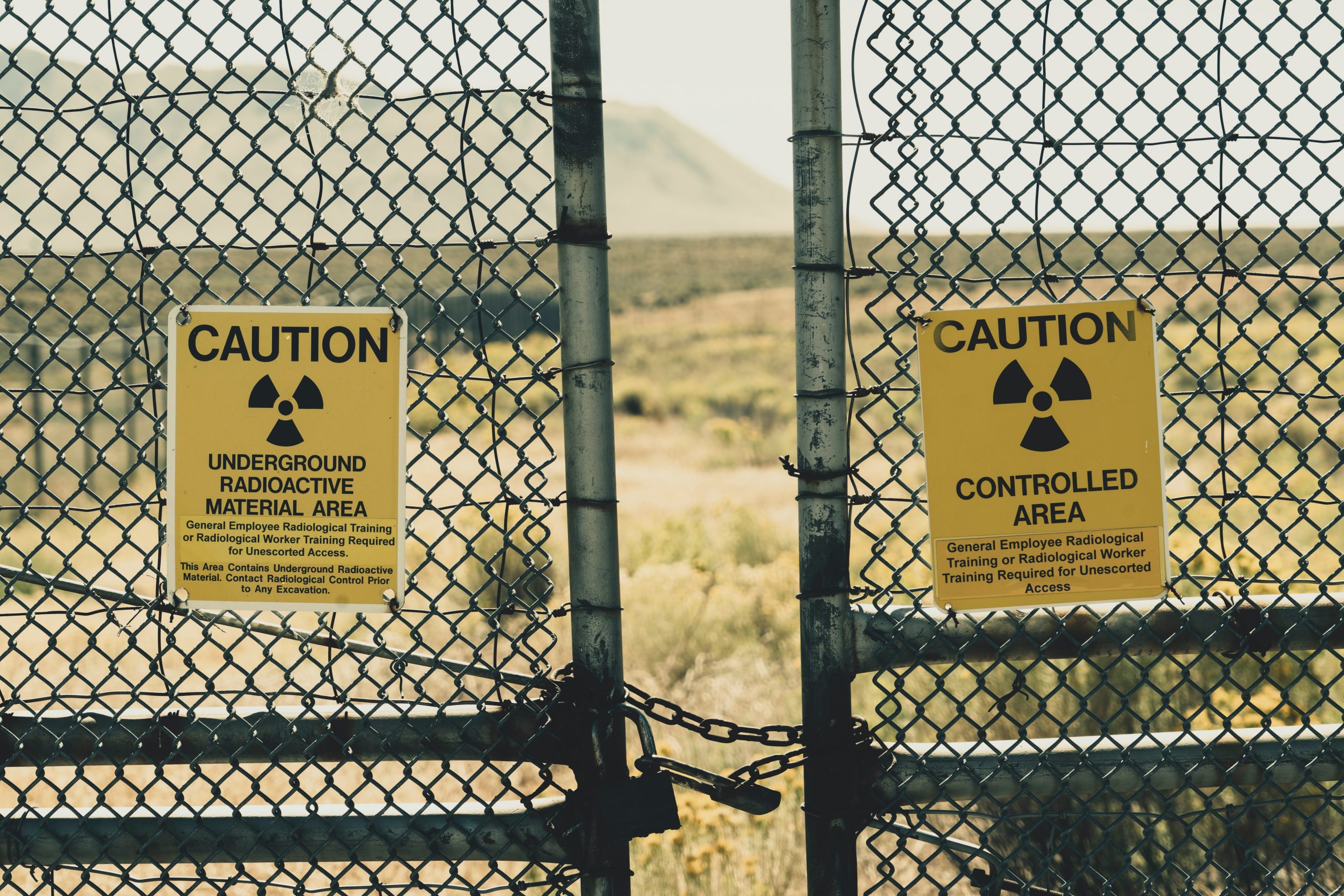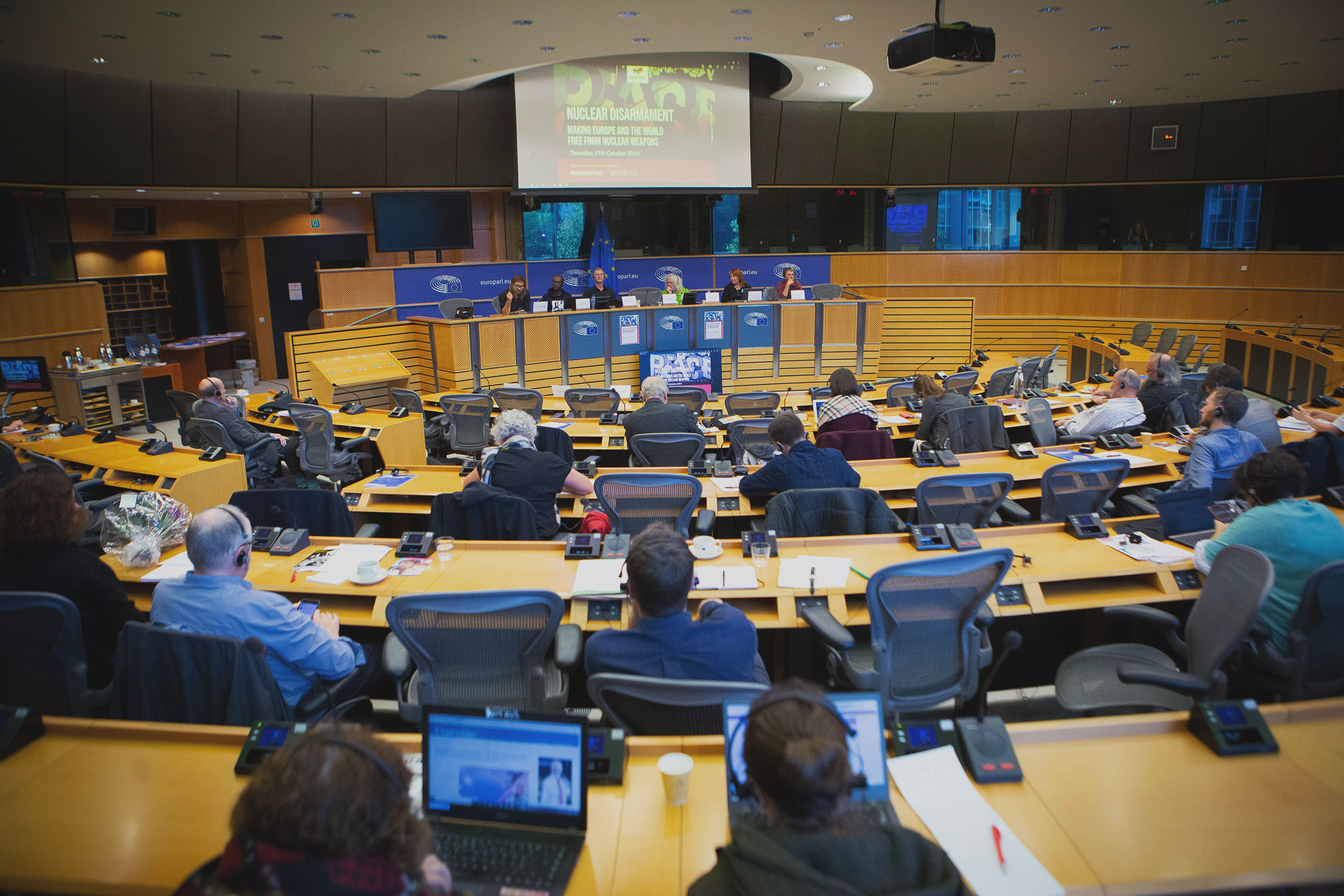Towards a Nuclear Restraint Regime: From a Normative Ban Treaty to a Substantive Agenda
APLN Policy Brief 60
The following is a summary. Click on the adjacent link to download the full brief.
Many strategic analysts fear that the Treaty on the Prohibition of Nuclear Weapons may widen the rift between the nuclear weapons states and the non-NWS by stigmatizing the nuclear weapon possessors rather than the weapons. The pertinent questions are therefore how to translate the normative pressure that the treaty poses into something more substantive? Can some measures be identified for the NWS to take, and for the non-NWS to encourage them into taking, to promote its objectives? Can bridges be built between the positions of NWS and non-NWS; and between adversarial nuclear rivals?
This paper argues that the pathway to elimination is as important as the process of elimination itself. It suggests a nuclear restraint regime that addresses many dimensions of nuclear weapons deployment – their role, targets, force postures, types and numbers, and also the circumstances in which they are employed. Each restraint would circumscribe the role of nuclear weapons, and as the circle of their utility becomes smaller, eventual elimination will become possible.
About the Author
Dr. Manpreet Sethi is Senior Fellow, Centre for Air Power Studies, New Delhi where she leads the project on Nuclear Security. She is an expert on the entire range of nuclear issues – nuclear energy, doctrine and strategy, non-proliferation, disarmament, arms and export controls and BMD. With over 20 years of research and writing, she has published 8 books and more than 90 papers in reputed academic journals. Dr. Sethi is recipient of the prestigious K Subrahmanyam award, an honor conferred for excellence in strategic and security studies.
Image: Unsplash stock, Dan Meyers.




